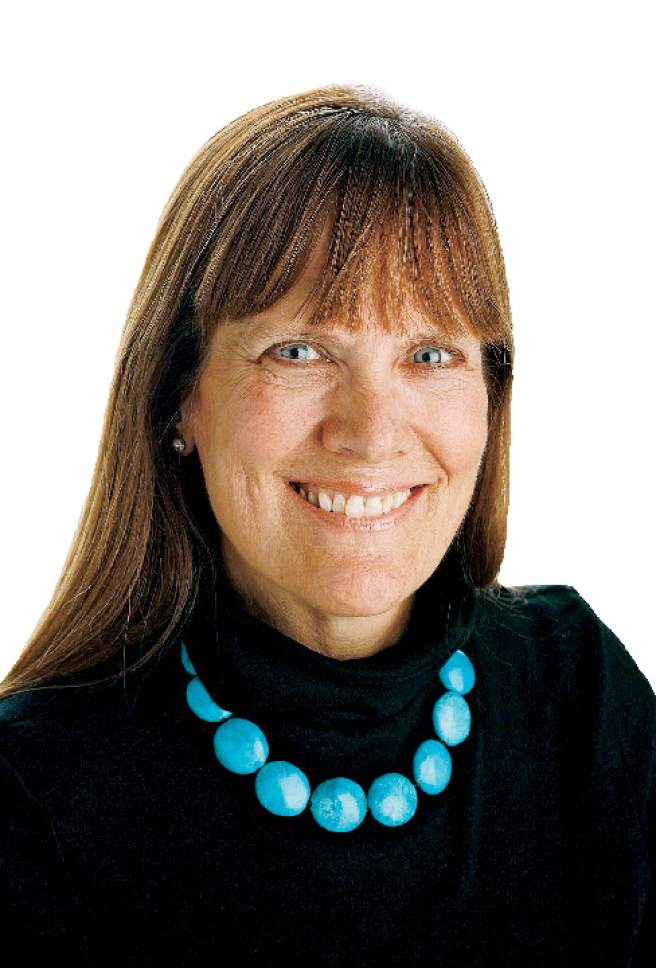This is an archived article that was published on sltrib.com in 2016, and information in the article may be outdated. It is provided only for personal research purposes and may not be reprinted.
I have no idea how they talk about the First Thanksgiving in elementary schools these days.
When I was growing up, teachers told us that the Pilgrims and the American Indians decided to have a party to celebrate the fact that the Indians taught the Pilgrims how not to die that first year. Score!
So here's the way that first Thanksgiving went down. Everyone had an assignment. The Pilgrims brought the green bean casserole and that yam dish with those melted marshmallows on the top. The American Indians (namely, members of the Wampanoag Tribe) brought the turkey and the stuffing, as well as the corn. I can't remember who brought the rolls, but the Wampanoags and Pilgrims all brought pies for a friendly after-dinner competition to see who made the best desserts.
Meanwhile, people had so much fun they decided to make Thanksgiving an annual tradition, which all Americans observe to this day.
My own kids heard pretty much the same story when they were in elementary school. Maybe they even remember who brought the rolls. I'll have to ask.
But "sacred narratives" —those stories that a group of people tell themselves about themselves — have a way of changing with the times. Why does this happen? Sometimes a narrative falls out of favor because it's just not true (SPOILER ALERT: George Washington did not chop down a cherry tree. His first biographer, Mason Weems, made it up to emphasize Washington's honesty. Irony! And also sorry if this fact ruins your day.)
Sometimes a traditional narrative will change because it expands to tell a more complex truth. When I was growing up, for example, Christopher Columbus was universally portrayed as a hero who discovered America — even if he got mixed up and thought "America" was actually "India." But whatever. Back in those days people were often confused about which continents they were visiting.
When people talk about Christopher Columbus now, they often mention that while his discovery was a good thing for Europeans, it was a bad thing for the indigenous people who already lived here. Which is true.
Also, he wasn't even the first white guy to show up in the Americas. Leif Erikson and his crew of Vikings (plus one German named Thyrker) beat Columbus to the punch. They came. They did Viking things. They went home and drank mead.
Also, some people now think the Chinese showed up here 70 years or so before Columbus did. That's the premise of the book "1421" by historian Gavin Menzies.
Who knew America was such a popular place to discover?
But that's not the point. The point is this: Sacred narratives change.
Still, I want to believe there's more than an element of truth to the traditional Thanksgiving story. I want to think that at some moment in the history of our country, people who weren't very much alike sat down together at the same table to share a few laughs and a good meal, after which everyone played a game of touch football. Even the moms.
The story of the first Thanksgiving is, in fact, one of our country's foundation stories. And it's a good story, too, even if everything went up in flames after that first friendly meal. Here's what it says about who we are as a nation — or at least who we aspire to be: a people who can accommodate one another and focus on what we have in common.
In this moment of time, it feels like we're a long way away from this ideal. Or at least it does to me. But come on. Let's keep trying.
Because why not?
Ann Cannon can be reached at acannon@sltrib.com or facebook.com/anncannontrib.



